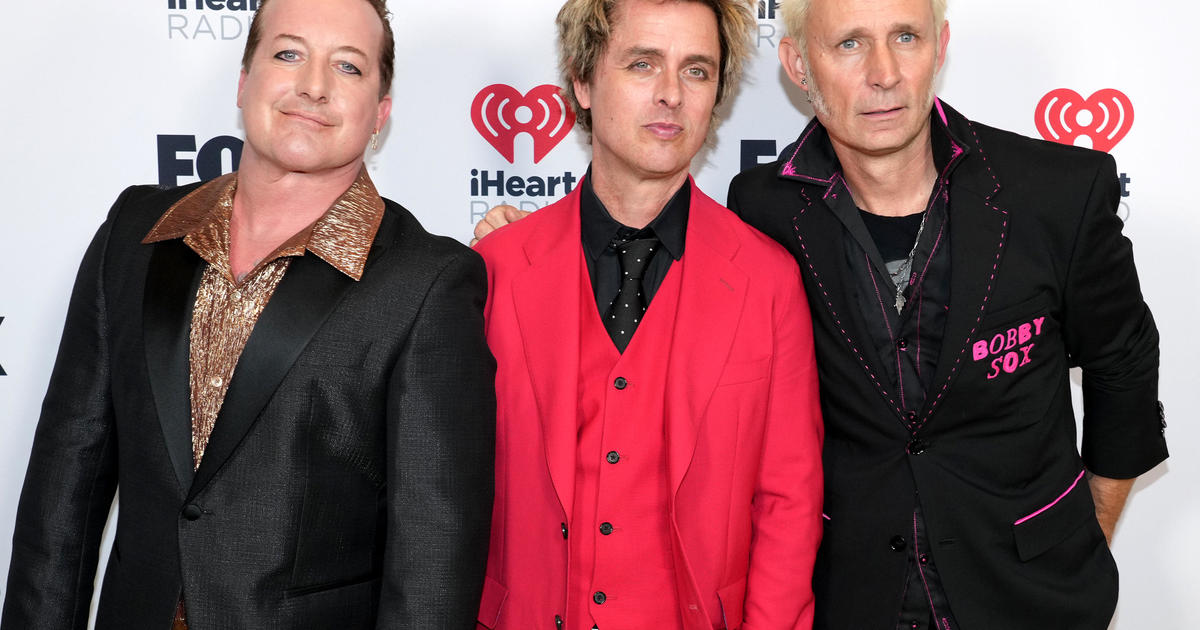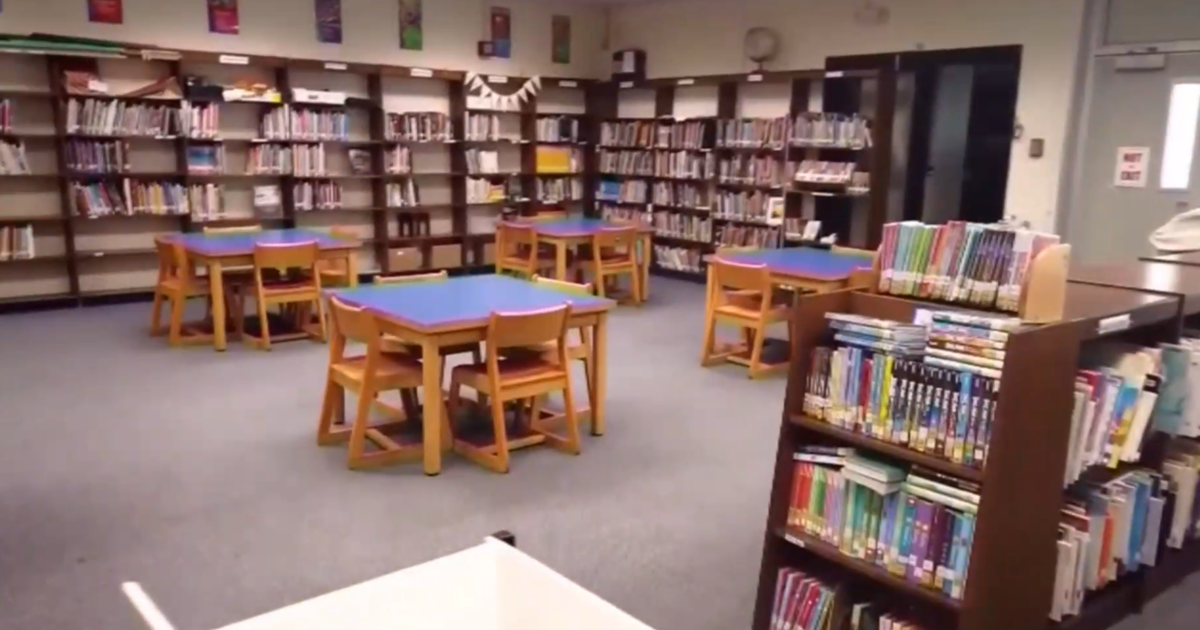What Are Unique, Science-Based Careers In The Arts?
By Mark G. McLaughlin
While many states have adopted STEM programs, California has gone one step beyond. By integrating the arts into STEM, educators hope to inspire students in the sciences to think critically and express their individuality and creativity in their studies and in their work. The STEAM program (Science, Technology, Engineering, Art, Mathematics) is also committed to showing those students who are considering careers in the sciences that art is not only an integral component of many such careers, but can also be used to enhance their growth and open new doors.
Architecture
Any competent architect can design a building, but only those who understand and study the arts can design buildings that are functional works of art. Many of the finest works of architecture have also been hailed and appreciated as works of art. The Duomo cathedral of Florence, for example, is the largest brick dome ever constructed. It is also one of the most beautiful, and is now a UNESCO World Heritage Site. The architect who designed it, Filippo Brunelleschi, was a goldsmith by trade, already famed for his artistry. Brunelleschi's design was not only revolutionary for its scientific concepts, but also represented the best of the artistic side of the Renaissance. That kind of artistic inspiration is what turns an everyday architect into a genius of design, and can be found in so many great works of architecture, from the Pyramids of antiquity to the Golden Gate Bridge and skyscrapers of today.
Video Game Design
Computer science is what makes video games possible; art is what makes people want to play them. Computer graphics have grown faster than almost any other technology – and so has the demand for those who can marry the arts and sciences to make game concepts come alive. The first computer games were text-based (like Zork) or used rudimentary player-missile graphics (like Pong), but many coders longed for a way to better portray what was being shown on the screen. Computer graphics quickly evolved beyond the functional to the fantastic, and many games are considered so beautiful as to be valued as works of art.
Web Design
Making a website work requires an understanding of coding and other computer sciences. Making it a place that people want to visit is all about designing a site that is easy on the eyes and user-friendly. Layout and design have been a part of the publishing industry even before the printing press. The monks who illustrated and copied ancient manuscripts were artists, just as are those who put together a glossy fashion magazine. That same kind of artistry is what makes web design a career that requires the understanding of both science and art.
Animatronics and Robotics
Anyone who has visited Disneyland, watched "Jurassic Park," or seen a robot in action can appreciate how science and art have come together. Animatronic presenters are created by applying solid science to the creation of robotic creatures envisioned by artists. To make a robot work is a science; to make it look like a real person or animal is art. Those who work in this rapidly growing field, and those who employ them, understand and highly value those who can draw on both the scientific and the artistic disciplines.
Telecommunications
Telecommunications is principally about the science of transmitting sounds, but it's also about acoustics, which is an art. Many careers in telecommunications require an ability to understand and appreciate sound, which is why so many in that field study the vibrato of opera singers or the tonal qualities of musical instruments and compositions. There are telecommunications professions that not only involve the enhancement and clarity of sounds and information that travels across the waves, but which also require the creation of such sounds, notably for use in the entertainment industry.



